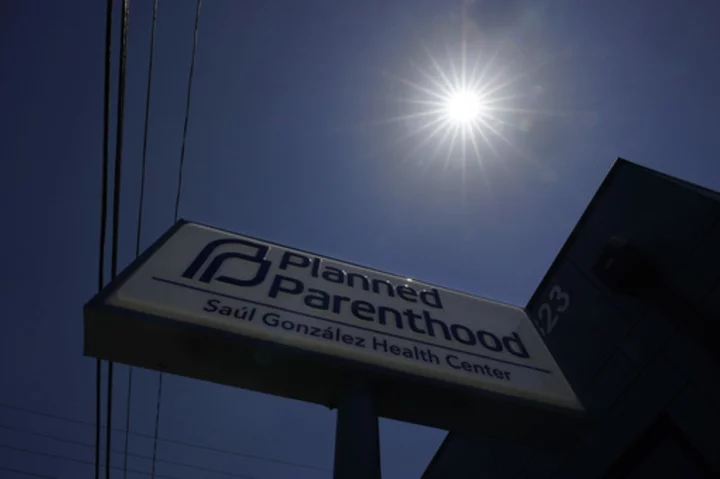Global oil demand will climb more strongly than previously estimated this year as a post-pandemic rebound in China beats expectations, the International Energy Agency said.
World fuel consumption will increase by 2.2 million barrels a day in 2023 — about 200,000 a day more than forecast before — to a record 102 million as China’s demand hits an all-time high after scrapping anti-Covid restrictions, the IEA said in its monthly report.
“The Chinese recovery has been faster and stronger than expected, and in March, Chinese demand reached an all-time high,” Toril Bosoni, head of the agency’s oil market division, said in a Bloomberg Television interview. “We’re seeing really strong demand, especially in Asia.”
As demand accelerates and the OPEC+ alliance led by Saudi Arabia curbs supplies, global oil markets remain on track to tighten sharply in the second half of the year, the agency predicts.
That could give a renewed boost to crude prices, which have steadied near $75 a barrel in London after shedding all the earlier gains from OPEC’s cutbacks amid fears over a recession. Last month, the IEA warned that rallying prices may worsen the “siege on consumers,” squeezed by elevated inflation.
Economic Risks
Chinese fuel consumption hit 16 million barrels a day in March, according to the Paris-based agency that advises major economies. Beijing’s latest economic indicators may have faltered, but “the vast majority of the projected demand recovery is already in train.”
Official Chinese data on Tuesday showed industrial output, retail sales and fixed investment grew at a much slower pace than expected in April. The unemployment rate for young people to a record high of 20.4%, a sign that the post-pandemic recovery isn’t strong enough to absorb the millions of new entrants to the labor market.
While the agency’s report emphasized the strength of the recovery, it also acknowledged these lingering risks. The IEA noted a “gloomier outlook” for the wider economy that’s being worsened by a slump in manufacturing and subdued global trade, with the projected boost from China remaining elusive.
“The economic picture has deteriorated,” said Bosoni. “Interest rates remain high and rising, inflation is running high and there is concern we’re going into contraction in many areas.”
The agency’s stronger estimate for demand growth in 2023 stems in part from historical downgrades for the previous two years. These baseline changes focus on emerging economies including China, so even though Beijing is driving this year’s growth its total consumption is lower than estimated last month.
Nonetheless, the IEA projects that global oil markets will still tip into deficit this summer, causing inventories to deplete at a rapid clip of 2 million barrels a day in the second half of the year.
OPEC Cuts
Much of the tightening will be caused by the Organization of Petroleum Exporting Countries and its partners as key members embark this month on a new round of production curbs, which the IEA has criticized for threatening to inflame prices. Output from the alliance will drop by 850,000 barrels a day between April and December, the agency predicts.
The policy has revived tensions between OPEC and the IEA, institutions that respectively represent energy producers and consumers, with each side warning that the other should “be careful” in its prescriptions. OPEC+ meets to review its production strategy on June 4.
Ironically, some supply relief is being provided by OPEC+ member Russia, which has sustained exports despite a pledge to slash sales in retaliation for western sanctions over its war on Ukraine.
Russian shipments of crude and refined oils reached a post-invasion high of 8.3 million barrels a day in April, while export revenues swelled by $1.7 billion to $15 billion, according to the agency.
--With assistance from Francine Lacqua.
(Updates with Chinese data in seventh paragraph.)









